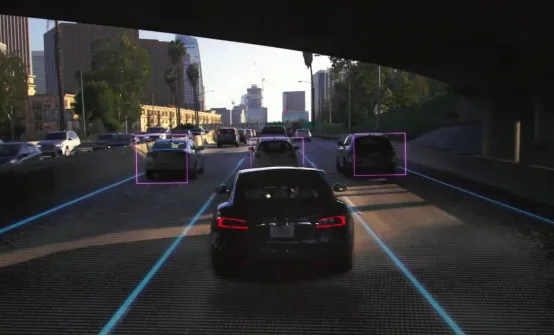Author: Yu Kunzheng
Autonomous driving assistance technology is undoubtedly one of the few hot spots in the industry recently.
In China, a high-speed highway accident caused by the suspected Navigation-Assisted Pilot (NOP) function has pushed NIO to the forefront of public opinion.
On the other side of the ocean, Tesla finally released the “Full Self-Driving System” 9.2 beta (FSD FSD 9.2 Beta). Regarding this, Tesla CEO Elon Musk stated confidently that “FSD 9.2 beta version can allow vehicles to drive in a safer and more confident manner on city streets”.
However, almost at the same time, the National Highway Traffic Safety Administration (NHTSA) of the United States announced that it will investigate accidents involving Tesla vehicles equipped with automatic driving assistance functions, involving a total of 765,000 Tesla cars produced after 2014. These accidents caused a total of 17 injuries and 1 death.
Building a leading advanced driving assistance system, or more straightforwardly, launching fully automatic driving technology, has always been Tesla’s ultimate goal and the foundation for touting its own technological leadership.
So the question is, what improvements does FSD Beta 9.2 have? How will it change in the future? Stronger supervision by the US government will bring what kind of impact to Tesla?
What’s New in FSD 9.2 Beta?
Musk announced all the updated features of FSD Beta 9.2 on Twitter, mainly optimizing the acceleration performance when the vehicle merges from the auxiliary road to the main road, observing the front road conditions through the probe when the front vehicle speed is too slow, and the shadow mode optimization of intersection driving, totaling 7 functions. Compared with the previous version, the main updates include:
- In some roads, the acceleration performance from the auxiliary road to the main road is smoother, and subsequent versions will be extended to all roads.
In this update, Tesla used the term “Clear-to-go boost” for the first time. This refers to the situation where the car is turning and uses computer vision to identify whether there is a safe gap in the traffic. The car drives along the planned path to the higher speed limit section.
-
Improved observation of the front vehicle condition, using the B-pillar camera to intelligently infer the reason for slow vehicle speed and “smarter” overtaking.
-
Enabled multi-modal trajectory prediction V1 system for vehicles: can predict the driving position of vehicles on some roads.
The multi-modal trajectory prediction here refers to understanding the surrounding objects’ state and potential future state. This means that Tesla vehicles will be able to calculate the potential movement trajectories of other objects such as vehicles, pedestrians, bicycles, animals, etc. to determine the driving path and whether braking is needed.
-
Use more frame images for lane marking and recognition. (Having more than 50,000 lane image data, double the previous generation.)It is worth emphasizing that more than 50,000 lane image data marks the further improvement of Tesla’s computing power. This may be the result of the launch of the Dojo supercomputer. Details will be further disclosed at the Tesla AI Day on August 19th, subject to no surprises.
-
Improved VRU (Vulnerable Road Users) model for better identification and prediction of pedestrians and bicycles on the road, and better avoidance.
-
Further improvement for the shadow mode for crossing/merging intersections.
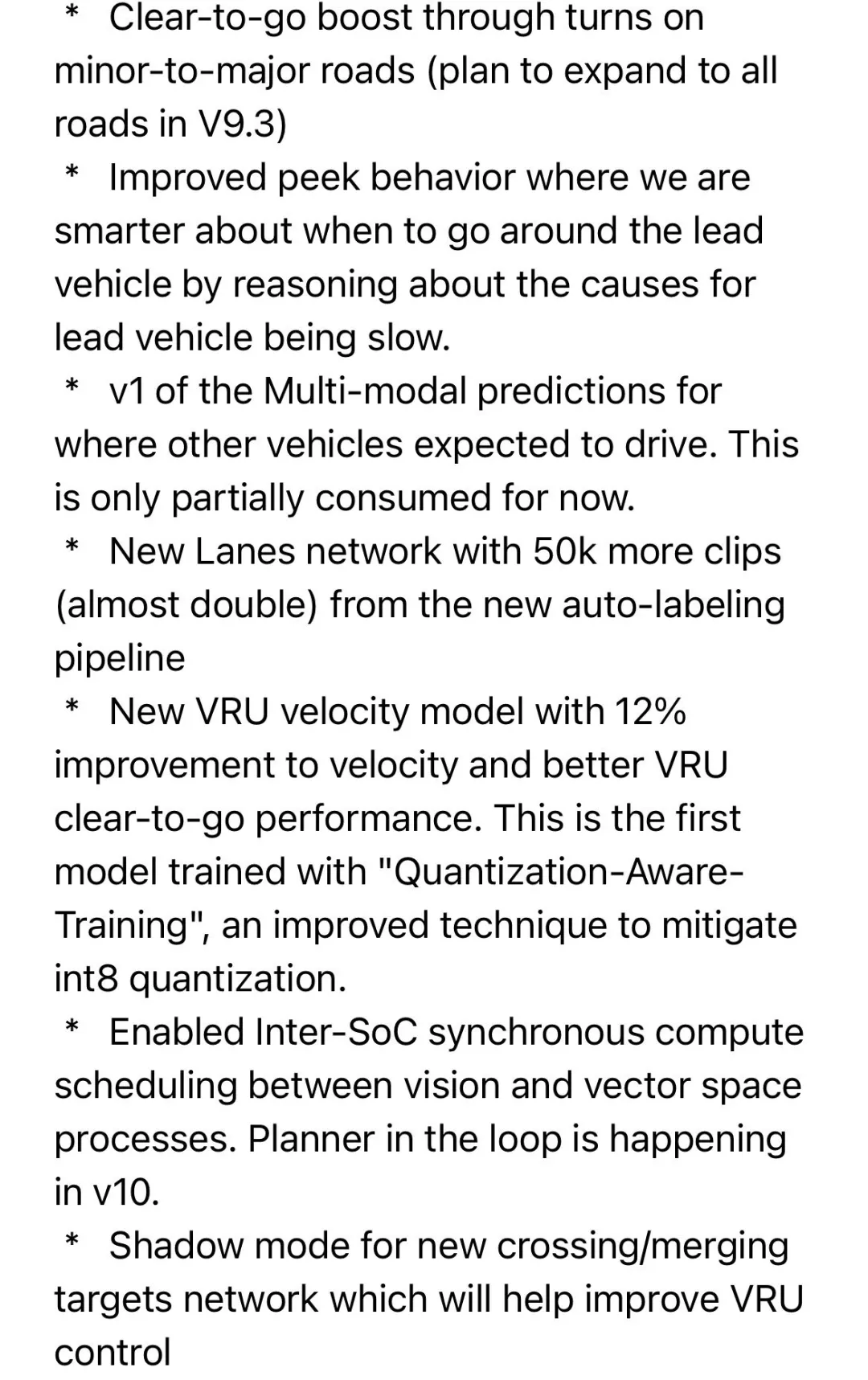
Is FSD 9.2 Beta useful?
As FSD Beta 9.2 is currently in the testing phase, only a small number of car owners can participate in these tests. From the actual experience of these car owners, the performance of FSD in this version is also “mixed”:
According to the test by netizens @ Chuck Cook, FSD Beta 9.2 can correctly identify traffic lights, stop at red lights, go on green lights, and start faster on green lights. Additionally, FSD Beta 9.2 can accurately recognize stop signs and start more quickly.
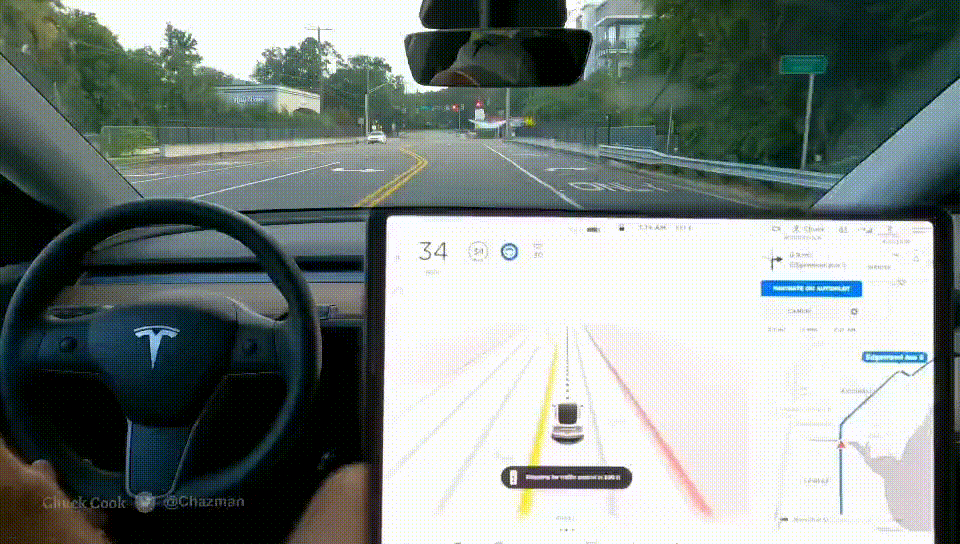
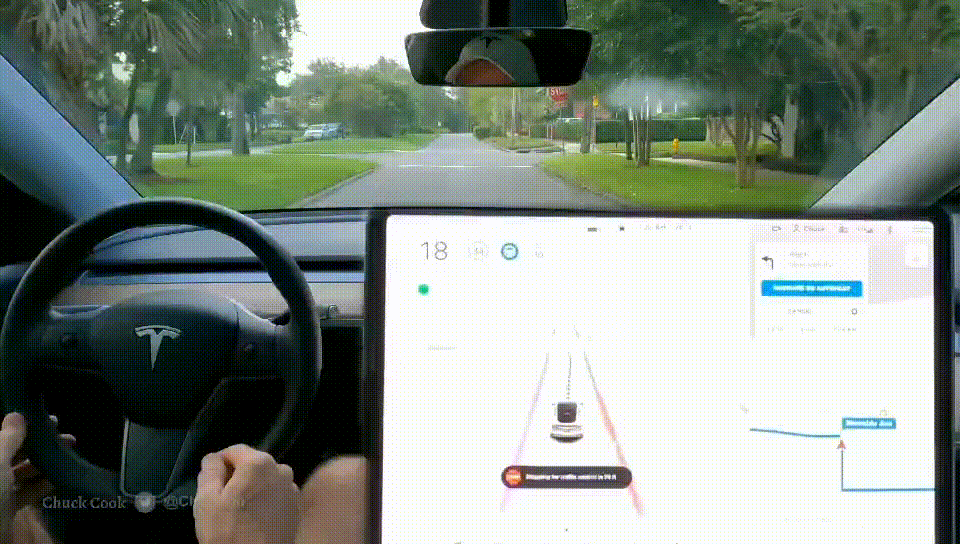
However, multiple consecutive tests have shown that FSD Beta 9.2 seems unable to make left turns or U-turns at intersections without traffic lights. In the first test, the vehicle stopped and released FSD after completing a right turn. In the following two tests at the intersections where a left turn was needed, the vehicle still chose to turn right.
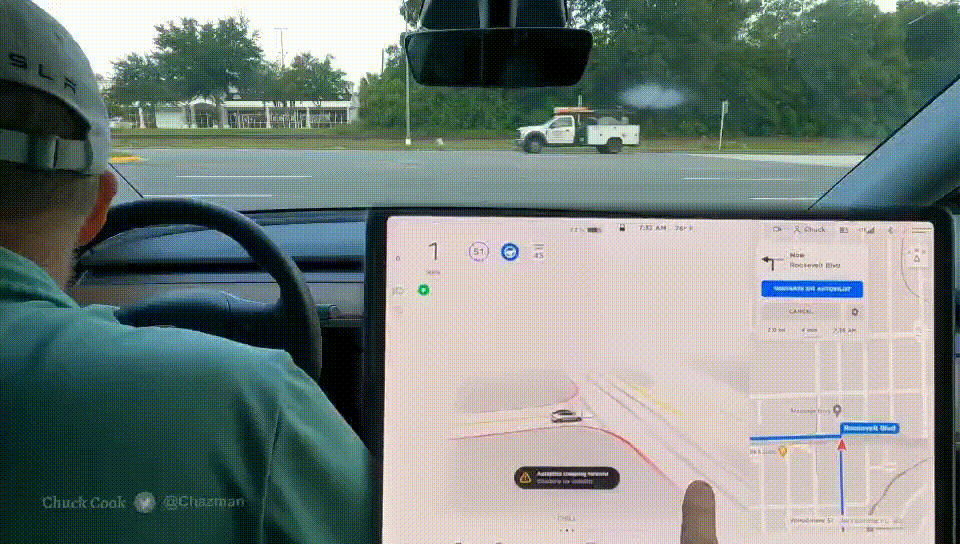
In addition, he also found that when passing through a left-turn intersection, the vehicle did not recognize a police car and delayed its turning action.
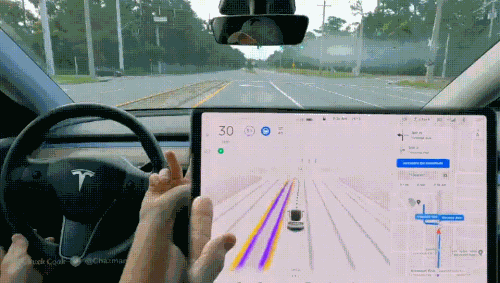
Another netizen, @ Rocco Speranza, also tested FSD Beta 9.2. According to his test, he found that GPS problems have been improved, and NOA response time is faster, but he also identified more areas for improvement:When entering the main road on the auxiliary road, the turn signal is turned on too late, and the system exits when attempting to change lanes twice.
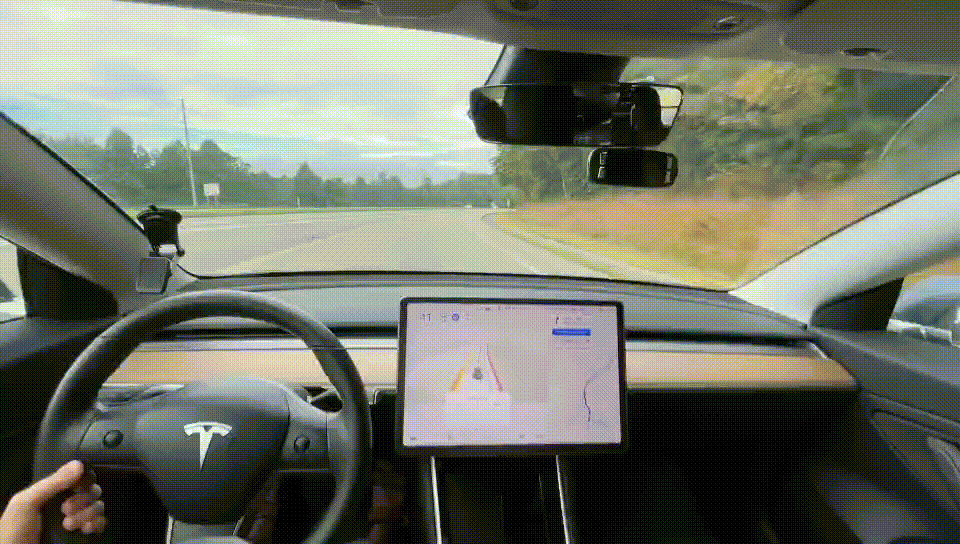
While driving on the highway, the NOA mistakenly applied the brake when identifying a parked car on the side of the road.

In subsequent high-speed road conditions, the system failed to change lanes automatically when encountering a police car parked on the side of the road.
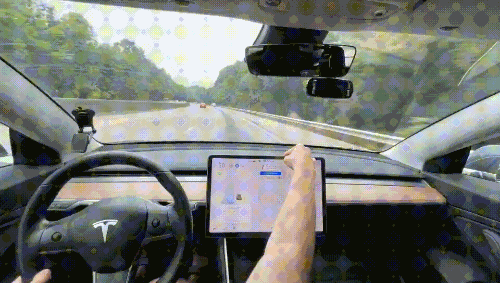
After exiting the highway, the vehicle appeared to attempt to run a red light while making a right turn. The driver had to take over and brake manually.
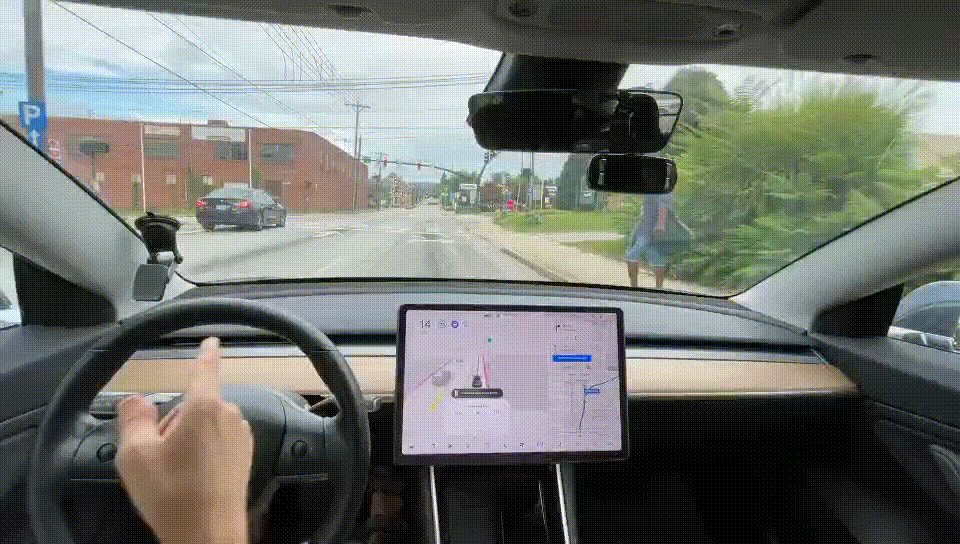
Later, on a four-lane road that was previously a two-lane road, the vehicle should have changed lanes to the far left and made a left turn, but instead drove straight and attempted to make a right turn at the intersection. The driver took over and the system exited.
How will FSD be upgraded in future versions?
Musk first stated that FSD Beta 9.3 will be released after FSD Beta 9.2, and there may also be FSD Beta 9.4, with the final version undergoing significant architectural changes as V10. As for when FSD Beta will be pushed to a wider range of users, Musk did not give a clear answer.
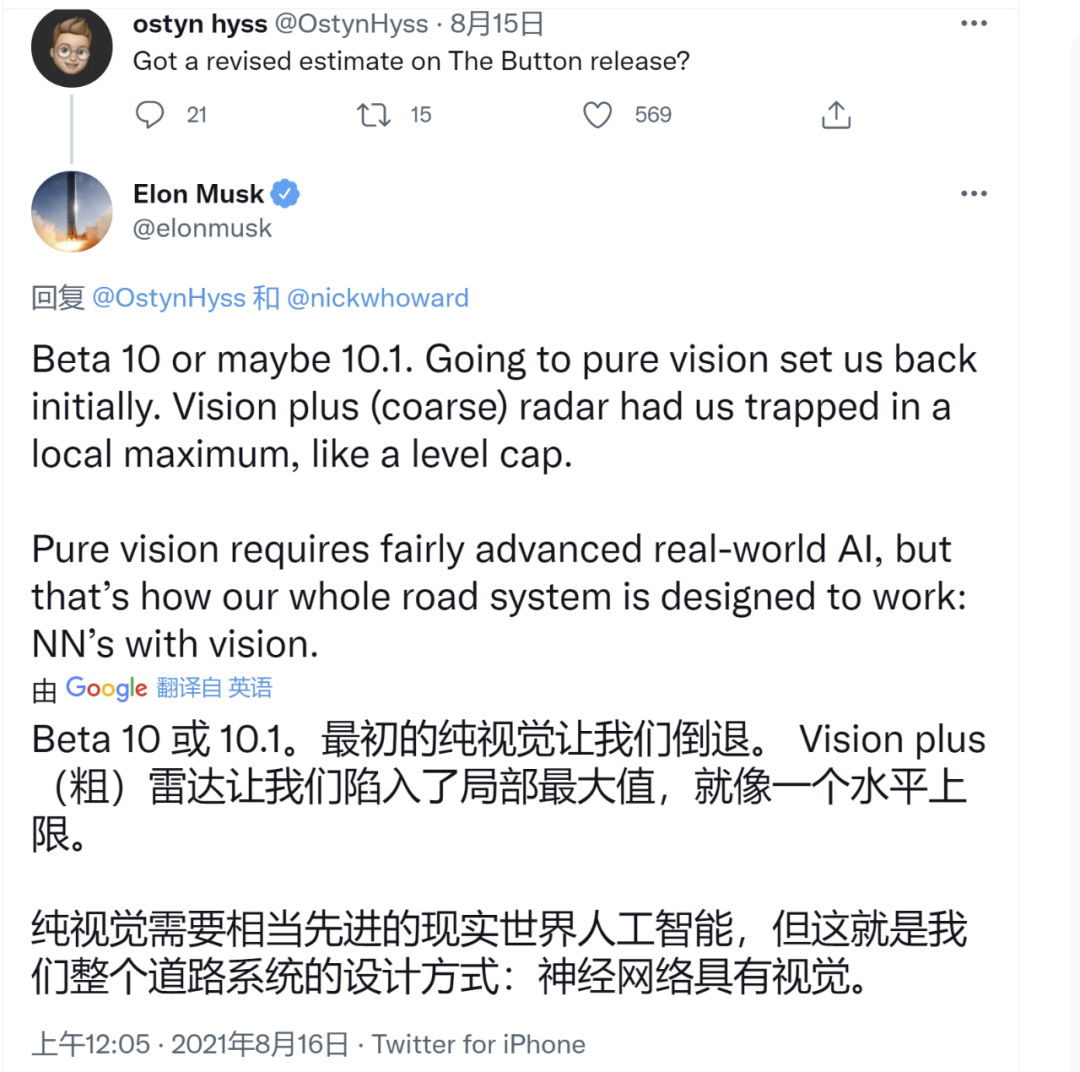
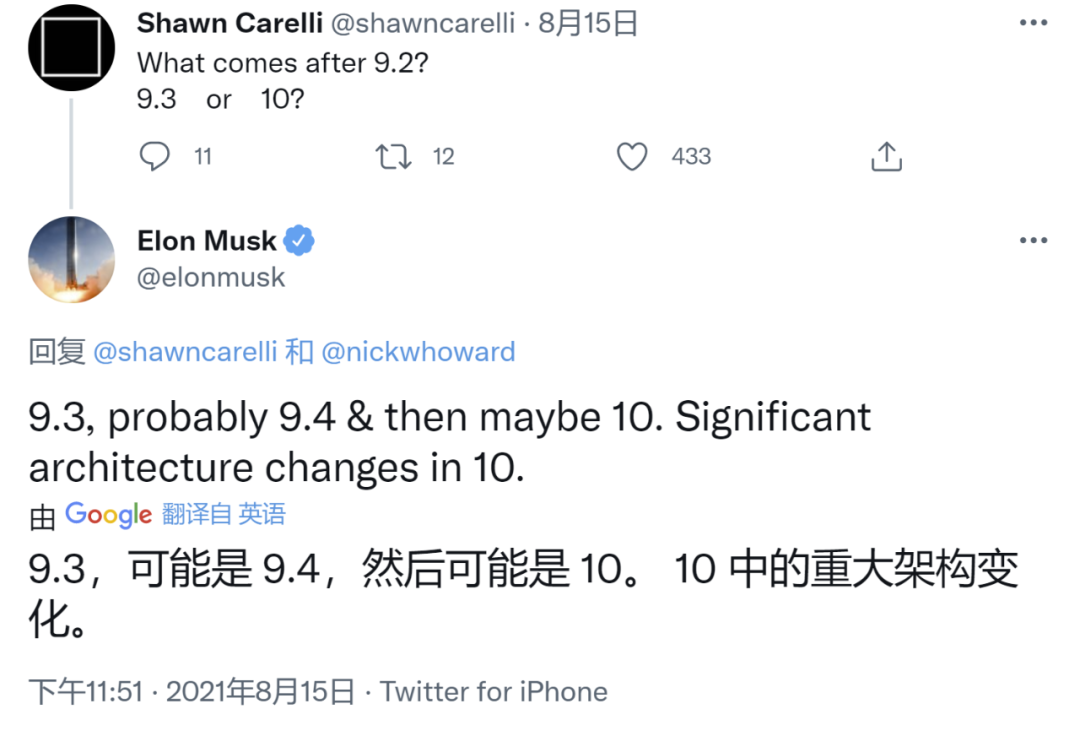
Starting from V9, FSD made a surprising move by canceling radar and using a pure visual system that relies solely on optical images. Many initially thought Tesla’s decision was insane.
However, from FSD Beta 9.0 to the latest FSD Beta 9.2, it can be seen that the system’s acceleration during start-stop is smoother, the recognition rate for traffic lights and stop signs is higher, but there is still room for improvement in details such as left turns and other aspects.
More Stringent SupervisionJust as mentioned at the beginning, while Tesla updates its autonomous driving assistance system, the US government announced a more comprehensive investigation into the accidents caused by Tesla’s related functions. By now, NHTSA has reviewed 26 related accidents, a number already exceeding that of the whole year in 2020 or 2019.
Maybe at the end of this year, we will see a detailed investigation report and solutions from the US government regarding the Tesla autonomous driving assistance system accidents.
Interestingly, David Harkey, president of the Insurance Institute for Highway Safety, stated in commenting on the accidents: “By naming its driving assistance system ‘Autopilot’ and marketing it as such, Tesla may mislead drivers into thinking that they do not have to keep their attention focused while driving. We call on regulatory agencies to intervene and provide guidance to automakers like Tesla so that they do not lead consumers astray and do not misunderstand the function of these systems.”
The same reasoning certainly applies in China.
This article is a translation by ChatGPT of a Chinese report from 42HOW. If you have any questions about it, please email bd@42how.com.
